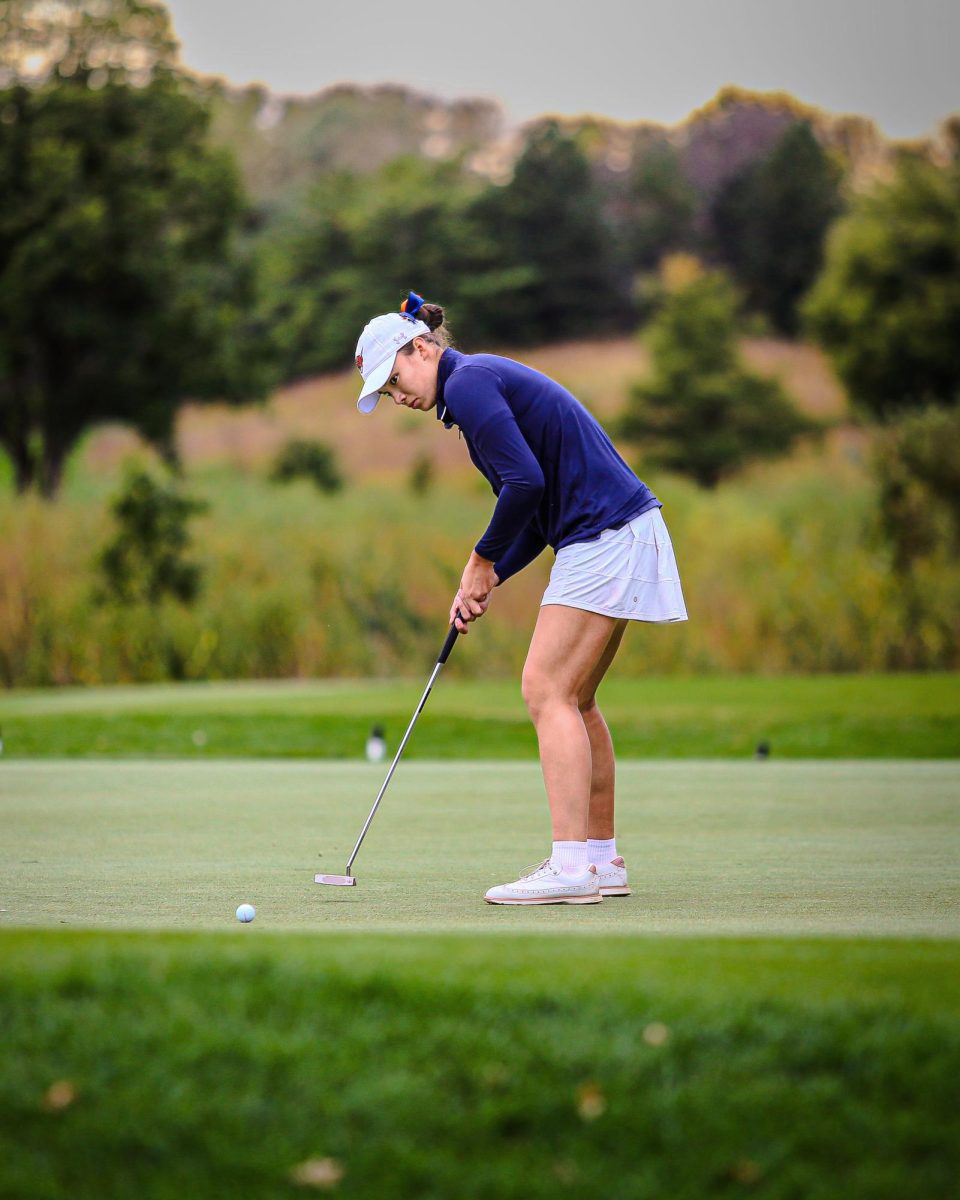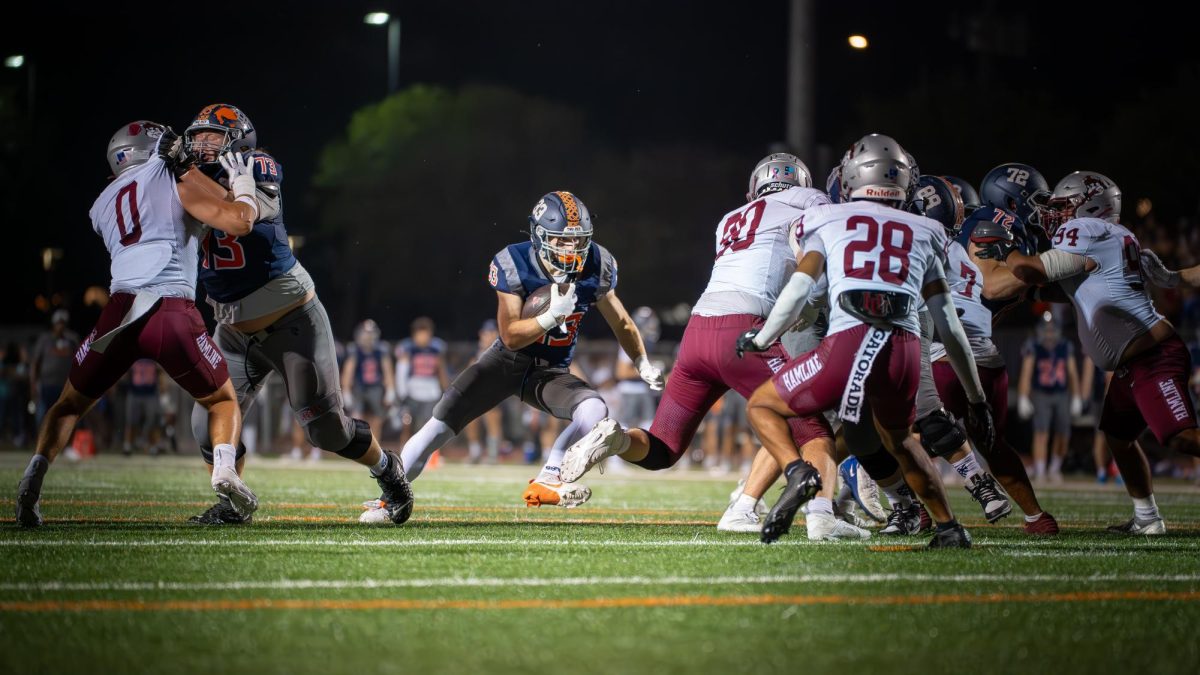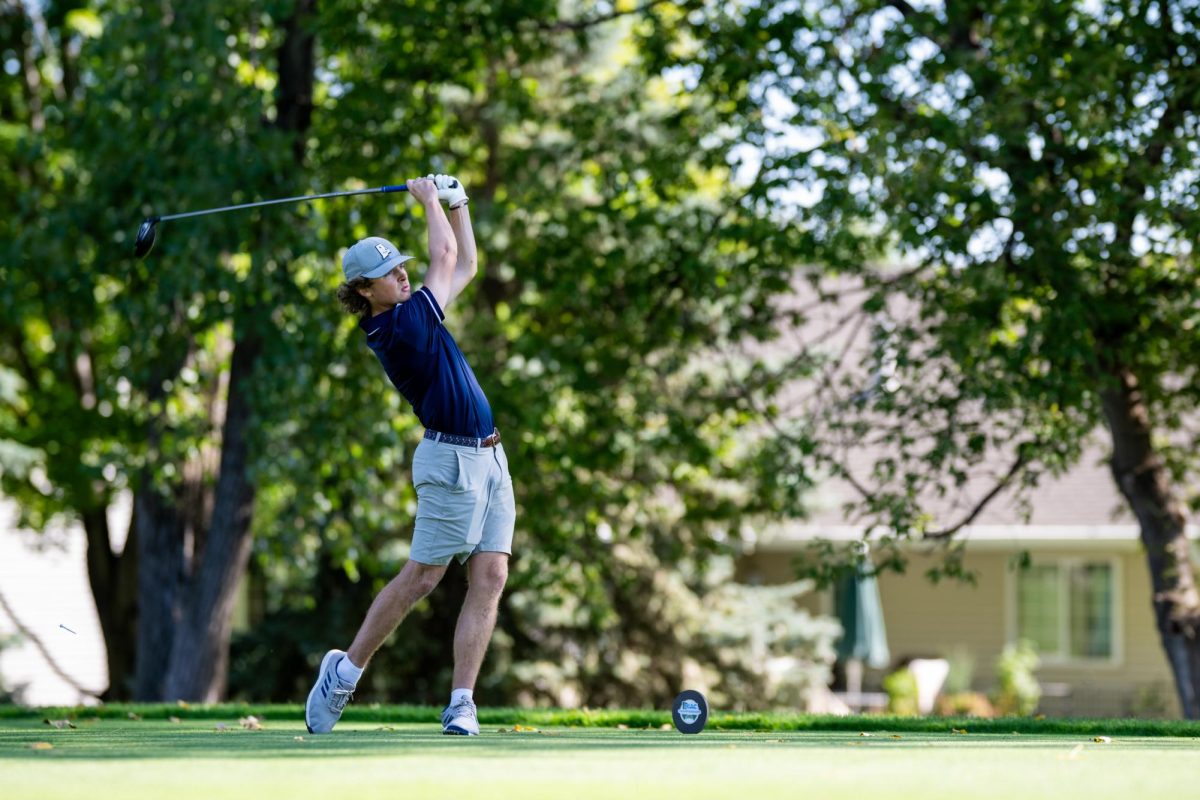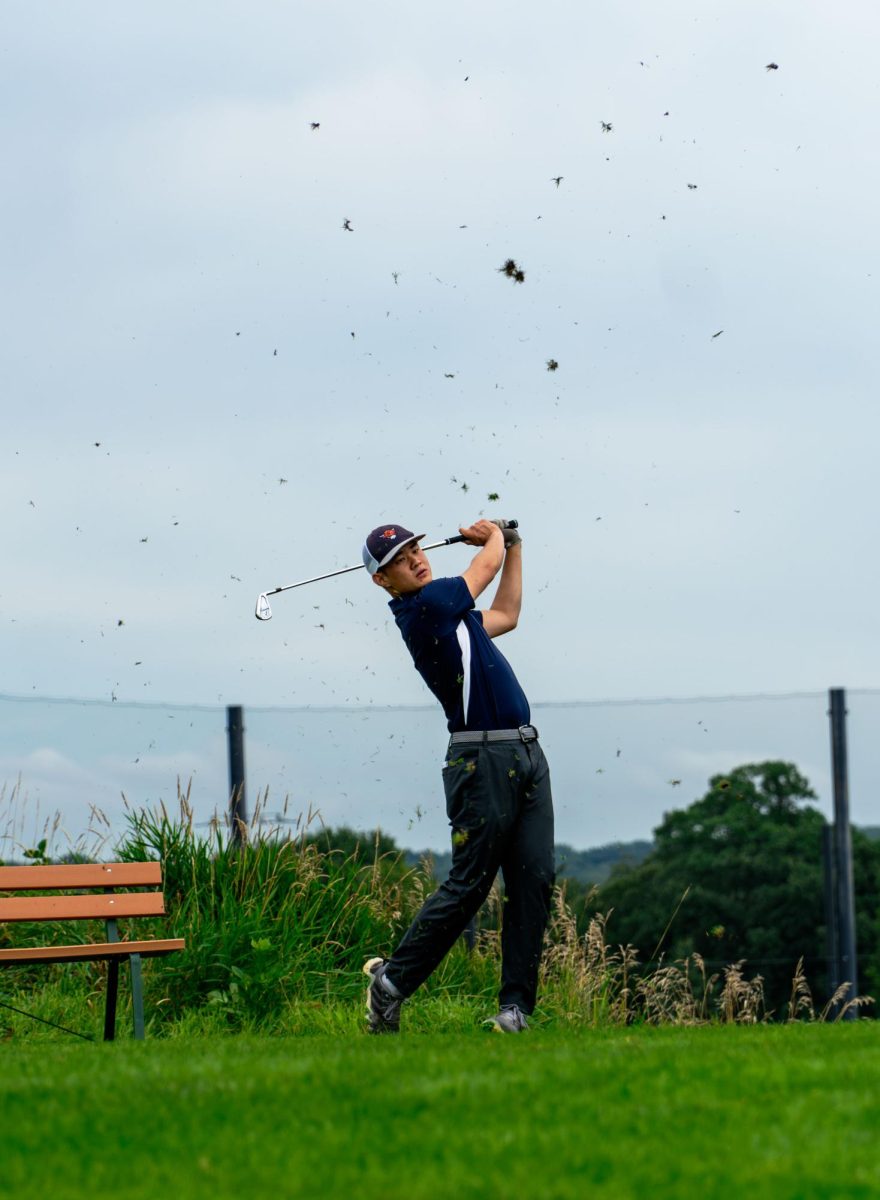Every year in February, professional baseball teams make their way to Arizona or Florida to start their training in a temperate locale. The Major League Baseball season begins in April, so teams can wait until the weather improves before they move into their home fields for opening day. For example, the Minnesota Twins play their pre-season games in Fort Myers, Florida. Based in a state where snow is often still on the ground in March, the Twins have no choice but to enjoy the sand and surf of coastal Florida.
Macalester College, however, doesn’t have the luxury of going where the snow isn’t. Moreover, final exams start in May. It’s fortunate, then, that baseball teams in Minnesota and other northern states have found a solution to both problems: the dome game.
A dome game is an indoor baseball or softball game. It’s a Midwestern tradition. Because of the heights a baseball can travel to, only a select number of spaces are adequate for hosting these games. Some indoor spaces are specifically designed for the purpose, but there are some stadiums big enough to play baseball in: football stadiums.
On Monday, February 27, the baseball team travelled to the new U.S. Bank Stadium in Minneapolis to begin their season with a doubleheader against University of Northwestern-St. Paul. Because of the high demand for space in the stadium, the first game began at 9:45 p.m. The Scots won 10-7. The second game, which the Scots won 6-2, began around midnight. The Scots stayed at the home of the Minnesota Vikings past 3:00 a.m. It’s pretty unusual for a double header to stretch into the next day, but Mac baseball players took it in stride.
Softball also plays a number of their early games in domes. Their season begins on Wednesday, March 1, at the Irish Sports Dome in Rosemount, with a double-header against Bethany Lutheran. From the outside, the dome looks like a large slug. On the inside, it smells like rubber.
The dome floor is covered in a thick carpet of artificial turf. The space is versatile, and tonight half of it is being used for a youth soccer practice. A group of children no older than eight kick a ball around just beyond the short mesh fence that marks the end of the field. At one point, there’s a stoppage of play because one of the small, yellow soccer balls rolls onto the softball field.
The field itself is shorter than the NCAA regulation size, so a strict no homerun policy is in effect. Between innings, an umpire explains the rules of the dome to a curious fan. According to him, a ball that comes in contact with the dome can be caught as it falls for an out.
From the start of the first game, it’s clear that the Scots are in control. Their communication is impeccable; when the Scots are in the field, they talk constantly. The dome has an echo, and cries of outs and strikes carried perfectly over to the spectators. A group of fans sit behind a net adjacent to first base. Some bring lawn chairs and most wear coats, hats and gloves. Heating a dome obviously offers some sort of logistical challenge.
The players are not bothered by the cold. Pitcher Sophie Migacz ’19 throws too fast for most batters. She gets seven strikeouts to one hit before Makaya Resner ’19 relieves her.
The Scots offense is no less impressive. While they end the game with eight runs, some of their best plays aren’t even scores. In the bottom of the fifth inning, Natalie Platt ’18 reached first base on an error. During the confusion, Platt noticed that the second baseman was out of position. The pitcher held the ball and looked on helplessly while Platt stole second. Later in the inning, she returned home.
The Scots won their first game 8-0 and the second 10-0. Both were ended by the mercy rule.
Expect big things from both softball and baseball when they emerge from the domes and onto the fields.







Anna Nolan • Sep 9, 2019 at 2:35 am
keep up the good work, I read few blog posts on this internet site and I believe that your website is rattling interesting and has sets of excellent info .